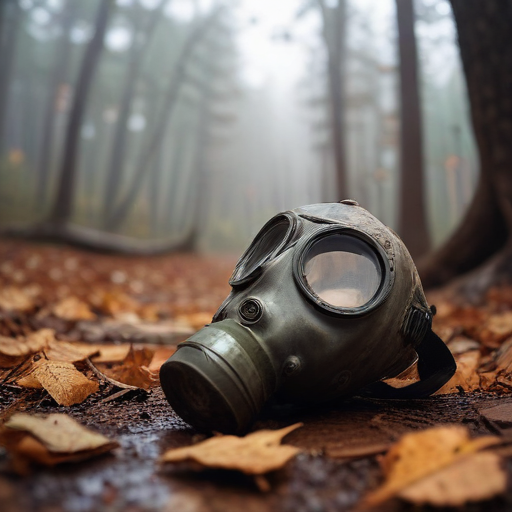As I traversed through the murky lowland swamps, a fierce wind whipping at my back, my thoughts wandered from the task at hand to the surrounding environment. When officials were seeking a location for the Chernobyl nuclear power plant, the intersection of the Pripyat and Dnipro rivers likely seemed ideal. The area was an industrial hub, supported by generations of skilled workers, an abundance of building materials available just beneath the surface, and ample water to sustain the reactors. Today, however, it presents a stark contrast: over 60 square kilometers of a haunting, damp wasteland.
The experience in STALKER 2: Heart of Chornobyl is unlike any other game; it portrays how the very land can turn on our best intentions. Developed by GSC Game World, the game encapsulates a digital depiction of Ukraine, filled with an atmosphere that is both enchanting and dangerous. Even when the landscape itself poses a lethal threat, it beckons players to explore its depths.
In my journey, what initially seemed to be a shortcut quickly became a frustrating dead end, forcing me to backtrack through muck for nearly half a kilometer. With my suit and breathing mask below 90% condition, I realized I needed more weapons to trade for repairs. Just as I regained my footing, the storm intensified.
In STALKER 2, players embark on expeditions across desolate territories on quests often involving combat or recovering lost technology. A variety of factions lurk in this chaotic world, each with its own agenda, yet the most formidable presence seems to be the land itself.
The STALKER series, which debuted in 2007 with STALKER: Shadow of Chernobyl, is set in an alternate history marked by a series of mysterious phenomena stemming from the Chernobyl disaster. Blending survival horror with tactical combat, players confront diverse dangers—anomalies that can tear you apart, mutant wildlife, and the menacing storms known as “emissions.” These intense storms darken the sky with swirling red clouds and unleash deadly lightning strikes, creating an incredible yet terrifying visual experience.
As I trekked toward shelter from the impending emission, I stumbled upon a fierce gun battle. The chaos erupted around a dilapidated brick building, the air filled with the sounds of gunfire. Just in time, I made it to safety. Within the shelter, I took a moment to regroup, applying bandages and reloading my weapons while contemplating the strange circumstances of survival in a post-apocalyptic landscape.
Once the storm calmed, the aftermath of the gunfight unfolded. Bodies lay scattered before me, glitching visual effects adding a surreal quality to the scene, which served as a reminder of the game’s developmental stage. Despite the stunning environments, the immersion suffered due to these technical hiccups.
There’s potential for tactical shooter enthusiasts, especially for those familiar with games like Escape from Tarkov and Call of Duty. The firearm selection initially feels limited but expands as players progress, introducing intriguing new tools for combat and exploration. However, the A-Life AI and combat mechanics still need refinement to meet expectations.
Nevertheless, hope remains. Players can anticipate improvements following the promised day-zero patch, which could resolve many of the current issues. For fans of large, open-world adventures, now is the time to delve into this immersive world. With over 60 square kilometers of wilderness to explore, the Zone offers labyrinthine ruins and breathtaking landscapes that provide ample opportunity for discovery and danger.
As you embark on your journey, remember: navigating this treacherous landscape requires not just skill, but also a sense of adventure. Good luck, as you’ll need every ounce of it.
